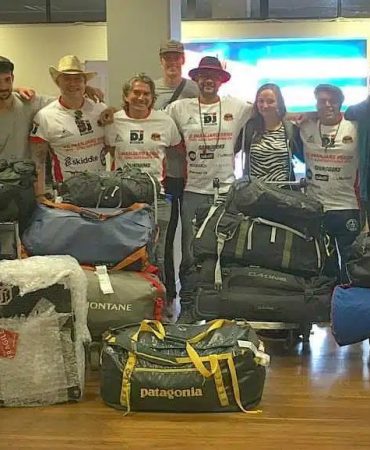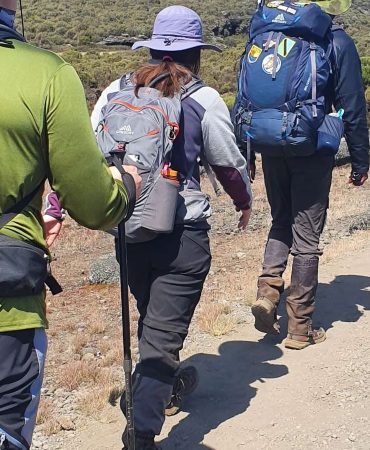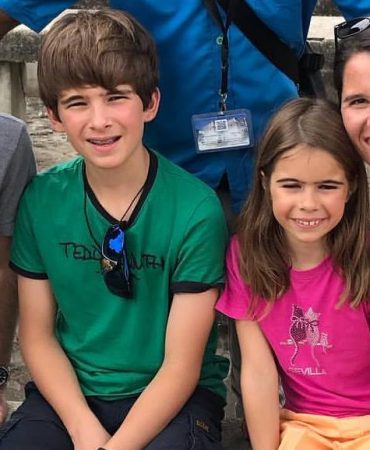Tackle the 6 Days Marangu Route for an epic Kilimanjaro ascent. Enjoy breathtaking views and a rewarding climb to Africa’s highest peak. Book your trek now!

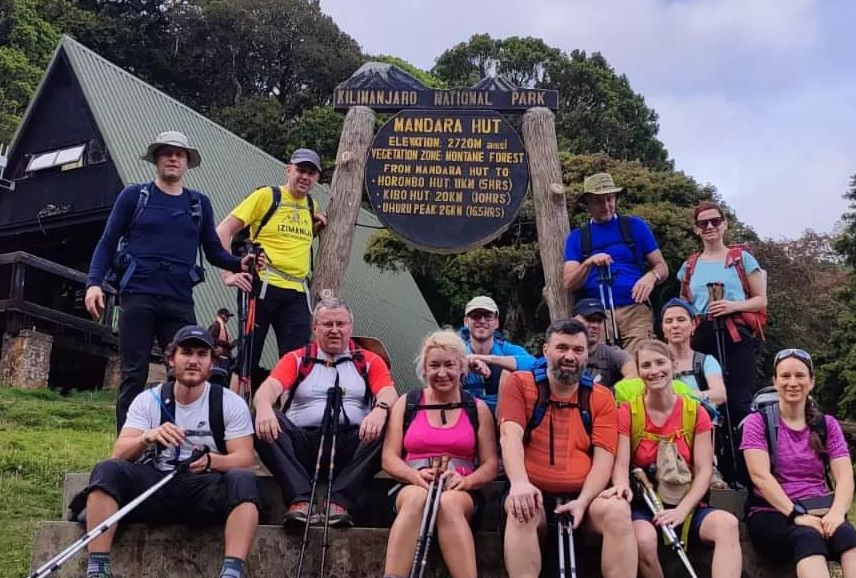
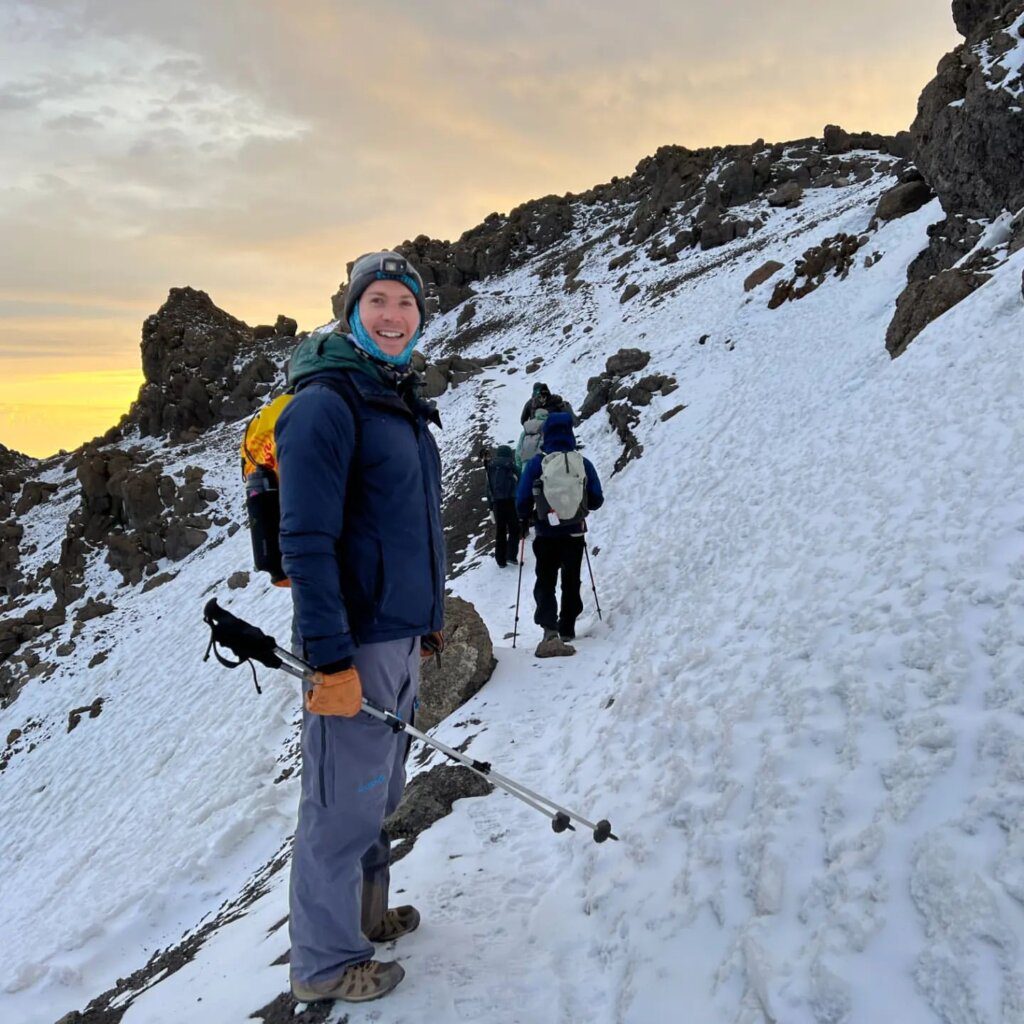

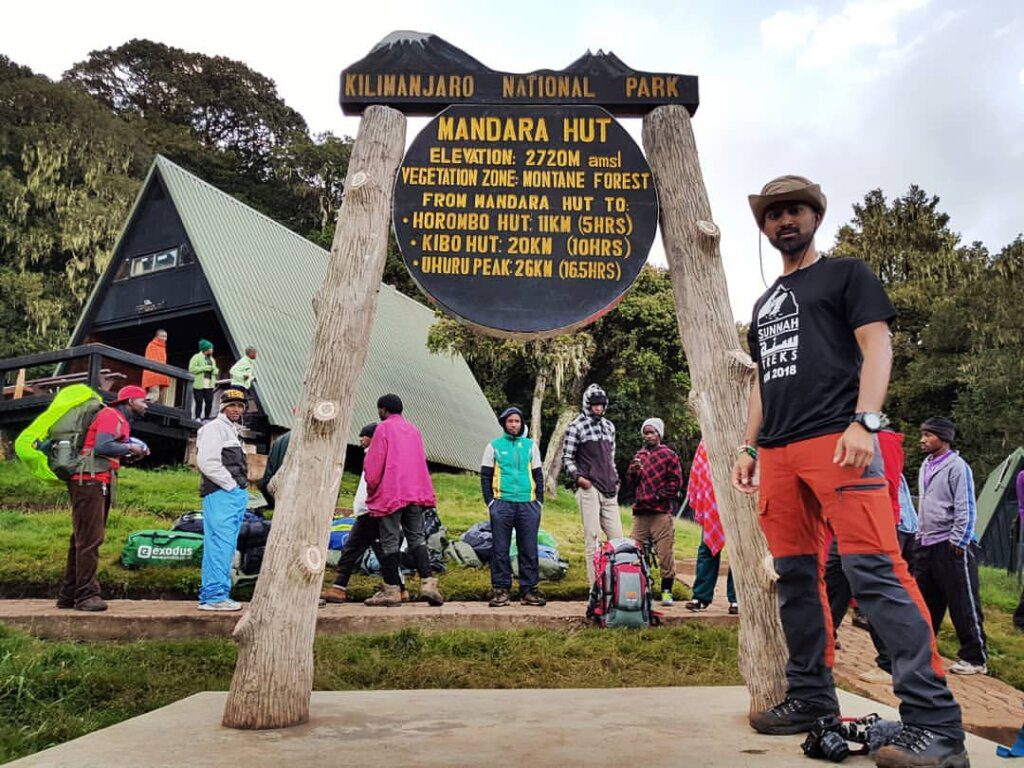
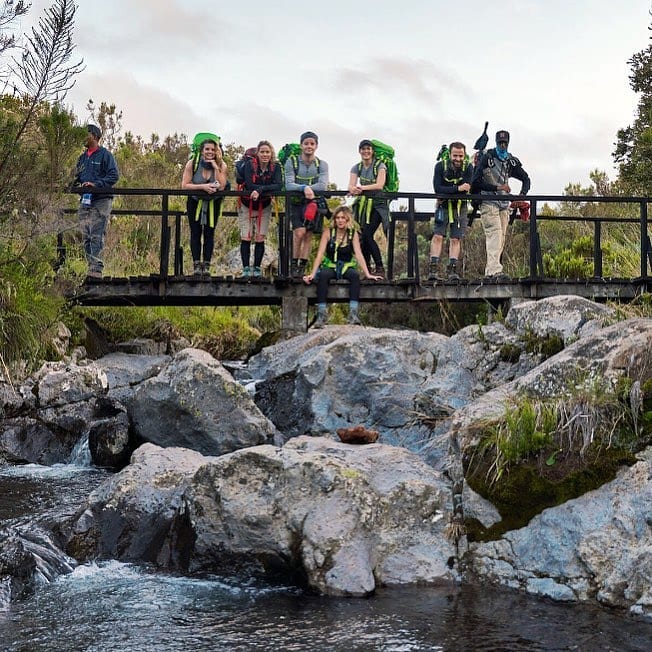
6 Days Marangu Route
Overview of Mount Kilimanjaro Climbing
Mount Kilimanjaro, located in Tanzania, is the highest peak in Africa and one of the most sought-after trekking destinations in the world. Standing tall at 5,895 meters (19,341 feet), Kilimanjaro offers a unique climbing experience through various routes, each offering distinct landscapes and challenges. Climbing Kilimanjaro is not only a test of endurance but also an opportunity to witness diverse ecosystems and breathtaking views. The Marangu Route, also known as the “Coca-Cola” route, is one of the most popular and straightforward paths to the summit, making it ideal for beginners and seasoned climbers alike.
Marangu Route: An Introduction
The Marangu Route is renowned for its well-developed infrastructure, including comfortable huts for overnight stays, which sets it apart from other camping routes. This route is often preferred by climbers seeking a less rugged and more manageable path to the summit. Typically completed in 6 days and 5 nights, the Marangu Route allows climbers to acclimatize gradually, enhancing the chances of a successful summit. Its popularity stems from the combination of moderate difficulty, scenic beauty, and the convenience of hut accommodations.
Detailed Itinerary for Marangu Route
Day 1: Arrival and Preparation
Upon arrival in Tanzania, climbers are transferred to their hotel for an initial briefing and equipment check. This day involves meeting the guides, finalizing gear, and preparing mentally and physically for the climb ahead.
Day 2: Start of Trek
- Route: Marangu Gate to Mandara Hut
- Elevation: 1,970 meters to 2,700 meters
- Duration: 5-7 hours
The trek begins at Marangu Gate, ascending through lush rainforest to Mandara Hut. This initial stage is characterized by a steady climb and the opportunity to spot various wildlife.
Day 3: Ascend
- Route: Mandara Hut to Horombo Hut
- Elevation: 2,700 meters to 3,720 meters
- Duration: 6-8 hours
Climbers leave the rainforest zone, entering moorland terrain. The path becomes steeper, offering panoramic views and unique vegetation.
Day 4: Acclimatization
- Route: Horombo Hut to Zebra Rocks
- Elevation: 3,720 meters to 4,000 meters (optional acclimatization hike)
- Duration: 4-5 hours
An acclimatization day at Horombo Hut with an optional hike to Zebra Rocks helps climbers adjust to the altitude, improving their chances for a successful summit.
Day 5: Summit
- Route: Horombo Hut to Kibo Hut to Uhuru Peak
- Elevation: 3,720 meters to 5,895 meters
- Duration: 10-14 hours
The most challenging day, starting at midnight for a slow ascent to the summit. Climbers pass through Gilman’s Point and Stella Point before reaching Uhuru Peak at dawn.
Day 6: Descent and Departure
- Route: Horombo Hut to Marangu Gate
- Elevation: 3,720 meters to 1,970 meters
- Duration: 6-7 hours
The descent retraces the steps back to Marangu Gate. Upon completion, climbers receive their certificates and are transferred back to their hotel for rest and celebration.
Cost Breakdown for Mount Kilimanjaro Marangu Route
Overview of Costs
Climbing Kilimanjaro involves various expenses, including park fees, accommodation, guide and porter services, meals, and additional fees. Understanding the breakdown of these costs is crucial for budgeting and ensuring a smooth climbing experience.
Park Fees and Hut Fees
- Park Fees: $70 per day
- Hut Fees: $60 per night for 5 nights
- VAT (18%): $23.40 per day
The park fees cover the cost of entry and conservation efforts, while hut fees provide accommodation along the route.
Example Calculation for Park and Hut Fees with VAT:
- Daily Park Fees: $70/day
- Daily Hut Fees: $60/night
- Subtotal per Day: $130
- VAT (18%) on Subtotal: $130 x 0.18 = $23.40
- Total per Day: $130 + $23.40 = $153.40
For a 6-day trek:
- Total Park Fees and Hut Fees: $153.40 x 6 days = $920.40
Porter Fees
- Porters: 4 porters per climber
- Daily Rate: $7 per day per person
- Total Cost: 4 porters x $7/day x 6 days = $168
Porters carry essential gear and supplies, significantly contributing to the climb’s success.
Cook Fees
- Daily Rate: $8
- Total Cost: $8/day x 6 days = $48
A cook prepares meals for the climbers, ensuring they are well-nourished throughout the trek.
Guide Fees
- Daily Rate: $10
- Total Cost: $10/day x 6 days = $60
Guides are essential for navigation, safety, and providing valuable insights about the mountain.
Meal Costs
- Cost per Meal: $10
- Meals per Day: 3
- Total Cost: $10/meal x 3 meals/day x 6 days = $180
Meals are crucial for maintaining energy levels and overall well-being during the climb.
Transfer Costs
- Moshi to Marangu Gate: $45
- Marangu Gate to Moshi: $45
- Total Transfer Cost: $90
Transfers ensure climbers reach the starting point and return safely after the trek.
Payment Methods and Fees
- Visa/MasterCard Fee: 3.5% of total cost
This fee applies when using credit cards for payments, adding a small percentage to the overall cost.
Service Fees
- Service Fee: 10% of total cost
The service fee covers logistical arrangements, administration, and support services provided by the tour operator.
Total Cost Calculation
To calculate the total cost of the climb, all individual expenses must be summed up:
- Park Fees and Hut Fees: $920.40
- Porter Fees: $168
- Cook Fees: $48
- Guide Fees: $60
- Meal Costs: $180
- Transfer Costs: $90
- Service Fee (10%): Calculated on the sum of all above costs
- Payment Fee (3.5%): Calculated on the sum of all above costs
Example Calculation:
- Subtotal: $920.40 + $168 + $48 + $60 + $180 + $90 = $1,466.40
- Service Fee (10%): $1,466.40 x 0.10 = $146.64
- Subtotal with Service Fee: $1,466.40 + $146.64 = $1,613.04
- Payment Fee (3.5%): $1,613.04 x 0.035 = $56.46
- Total Cost: $1,613.04 + $56.46 = $1,669.50
Additional Costs to Consider
While the primary expenses are covered in the above calculation, climbers should also budget for additional costs such as:
- Travel Insurance
- Tips for Guides and Porters
- Personal Gear and Equipment
- Vaccinations and Medications
- Souvenirs and Personal Expenses
How to Save on Costs
Climbing Kilimanjaro can be an expensive endeavor, but there are ways to reduce costs:
- Travel in a Group: Sharing costs with other climbers can reduce individual expenses.
- Book in Advance: Early bookings may attract discounts.
- Rent Gear Locally: Renting equipment in Tanzania can be cheaper than buying new gear.
- Choose the Right Season: Climbing during off-peak seasons can lower costs.
Choosing the Right Time to Climb
The best time to climb Kilimanjaro is during the dry seasons, which are from January to March and June to October. These periods offer the best weather conditions, increasing the chances of a successful summit. However, climbing during these times can also mean higher costs and more crowded routes. Off-peak seasons, though riskier in terms of weather, may provide cost savings and a more solitary experience.
Physical Preparation for the Climb
Physical preparation is crucial for a successful Kilimanjaro climb. It is recommended to start training at least three months before the trek. Focus on cardiovascular exercises such as hiking, running, and cycling to build stamina. Strength training, particularly for the legs, is also important. Additionally, practice hiking with a loaded backpack to simulate the actual climb conditions.
Packing List for the Climb
Packing the right gear is essential for the trek. The packing list should include:
- Clothing: Layered clothing for varying temperatures, waterproof jacket, thermal wear
- Footwear: Sturdy hiking boots, comfortable socks
- Gear: Backpack, sleeping bag, trekking poles, headlamp
- Miscellaneous: First aid kit, toiletries, sunscreen, water bottles, snacks
Health and Safety Tips
Climbing Kilimanjaro poses several health risks, the most significant being altitude sickness. To mitigate this risk:
- Acclimatize Properly: Follow a gradual ascent profile.
- Stay Hydrated: Drink plenty of fluids.
- Eat Well: Maintain a balanced diet.
- Monitor Symptoms: Be aware of symptoms like headache, nausea, and dizziness, and inform the guide immediately if they occur.
Environmental Impact and Responsible Tourism
Climbers should be mindful of their environmental impact. Practices such as not littering, sticking to established trails, and supporting eco-friendly tour operators help preserve the natural beauty of Kilimanjaro. Additionally, hiring local guides and porters supports the local economy and community.
FAQs about Climbing Mount Kilimanjaro
What is the best time of year to climb Mount Kilimanjaro?
- The best times are during the dry seasons, from January to March and June to October.
How difficult is the Marangu Route compared to other routes?
- The Marangu Route is considered one of the easier routes due to its gradual slope and hut accommodations.
Do I need to be an experienced climber to attempt Kilimanjaro?
- No, but good physical fitness and preparation are essential.
What should I pack for the climb?
- Layered clothing, sturdy hiking boots, a backpack, and essential gear like a sleeping bag and trekking poles.
How many guides and porters will be with us?
- Typically, there will be one guide, one cook, and four porters per climber.
Is tipping mandatory?
- Tipping is not mandatory but highly appreciated. It is customary to tip guides, porters, and cooks.
Conclusion
Climbing Mount Kilimanjaro via the Marangu Route offers a remarkable adventure filled with breathtaking views and personal achievement. By understanding the cost breakdown, preparing adequately, and respecting the environment, climbers can ensure a successful and memorable experience. Happy climbing!

